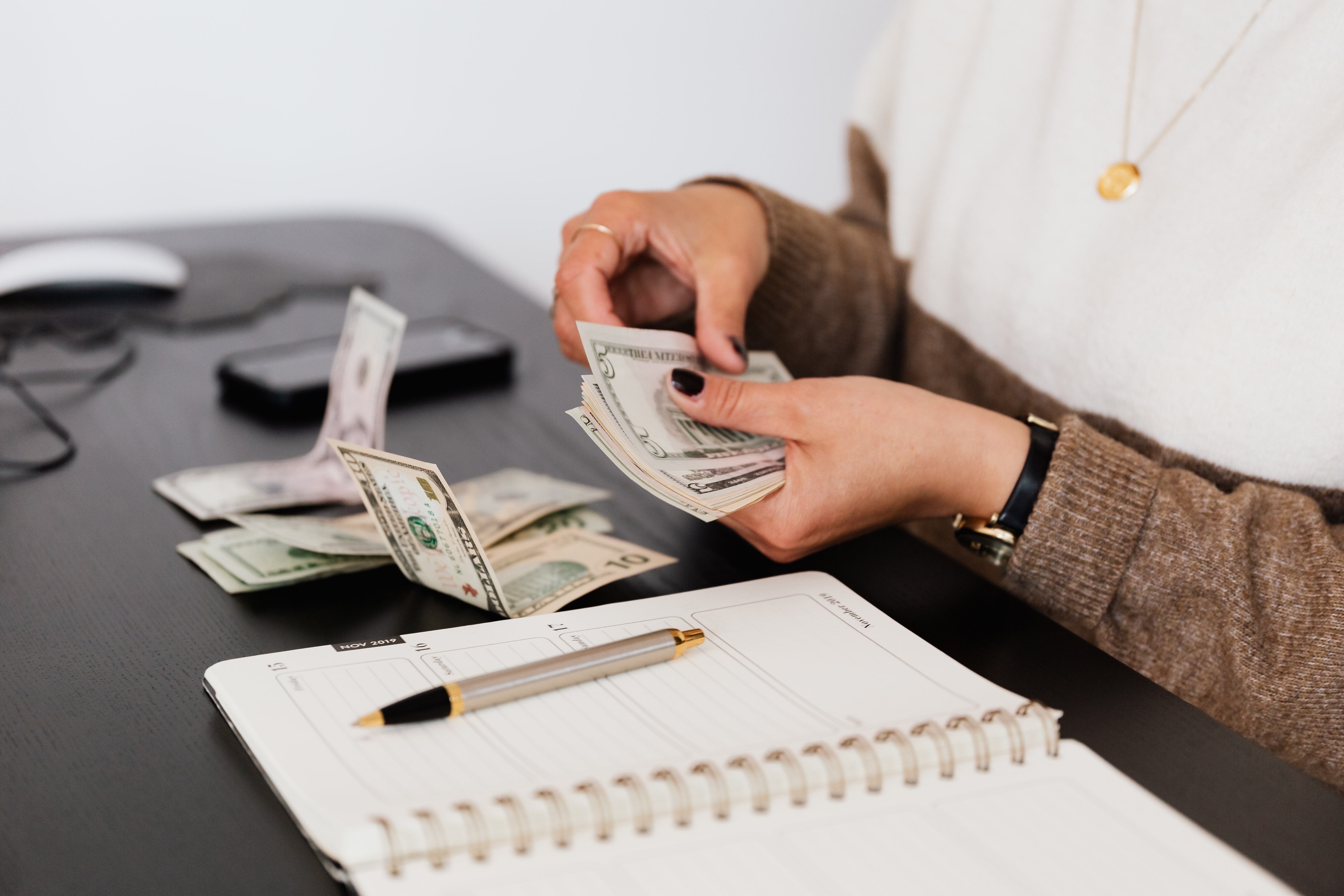Month: September 2023
Get your money working harder for you
Are you frustrated with your bank savings interest rates? We have a few options to get your money working harder for you. When it comes to building a robust and diversified investment portfolio, there's more to consider than just individual equities and real estate. CDs and bonds are often overlooked but can be invaluable assets in any investor's toolbox, especially at today’s historically high rates. Generally speaking, the S&P 500 return is 10% annually on average since 1957, according to Seeking Alpha1. But in a year with market uncertainty, constant volatility, and rising interest rates, a smaller return with reduced risk may be a preferable option to some. Because of elevated interest rates, there are both CDs and bonds that are paying in the 5.5%- 7.2% range2. And the Fed’s future path is uncertain – these rates may increase over time. CDs are fixed instruments, so any rate increase won’t affect those you hold now. But you can stagger your purchases and build a CD ladder, which allows you to layer new CDs at increasing rates so that you may be able to benefit from rising interest rates. This is possible because all CDs have a term – a fixed contract date – and different interest rates will be offered for different durations. CDs also have the advantage of being FDIC-insured up to $250,000. That brings us to our other strategy, bonds. The FDIC insura
Understanding the U.S. Dollar and Recent Fitch Ratings
We have received questions recently regarding the U.S. Dollar and countries like Brazil, Russia, India, China and South Africa (BRICS) potentially developing alternative currencies and financial institutions. While we agree that the U.S. fiscal and monetary situation has deteriorated over recent years, and it is likely that China and Russia in particular are pushing to find alternatives to the U.S. Dollar and financial institutions, we do not view this as an imminent threat to the global economy or your investment portfolio. The U.S. Dollar dominates global trade flows and we do not expect this to change in the near term. It’s estimated that the total value of global trade in 2022 was $32 trillion. The U.S. Dollar was 88% of those trades1. That is only down from 90% in 19881. Further, a reserve currency like the U.S. Dollar must be deep enough to support such large demand, be overseen by a country that can support large current account deficits, has a clear rule of law, does not impose capital controls, and supports property rights. To us, none of the BRICs demonstrate this resiliency. As such, we believe the U.S. Dollar remains the world’s reserve currency for the foreseeable future. We think maintaining a diversified portfolio of U.S. and International stocks and bonds is the best defense against any potential actions by these countries, which is how we have invested your




 Virteom
Virteom